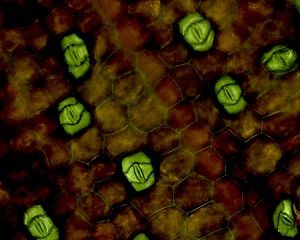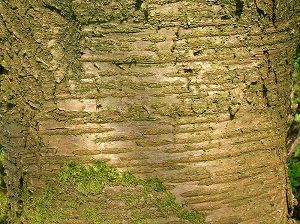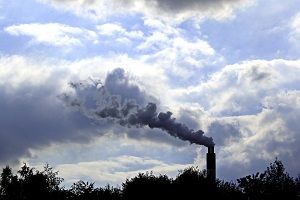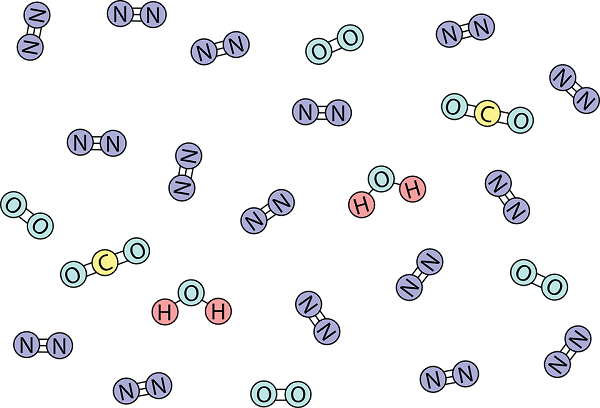 Plant Nature Study II
Plant Nature Study II
Plant Nature Study II
Plant Nature Study II







 Plant Nature Study II
Plant Nature Study II
Plant Nature Study II
Plant Nature Study II

Study the lesson for one week.
Over the week:
OUR ATMOSPHERE
The Earth's atmosphere encompasses the Earth, shielding its living organisms from the following hazards:

The Earth's atmosphere contains the following gases and their percentages:
Find a nitrogen molecule (N2), an oxygen molecule (O2), a carbon dioxide molecule (CO2), and a water molecule (H2O) in the image below.

As you know, plants take in carbon dioxide and expel oxygen to/from the atmosphere, while humans do the reverse.
Activity 1: Narrate the Lesson
Activity 2: Study the Lesson Pictures
Activity 3: Examine the Layers of the Earth's Atmosphere
The Earth's atmosphere can be divided into layers.
Zoom in to study the image of the layers of the Earth's atmosphere and to answer the following:

Activity 4: Take a Nature Walk
Activity 5: Complete a Field Book Entry

After your nature walk, complete page 35 in 'Science Field Book for Fourth Grade.'